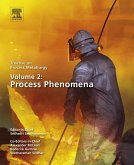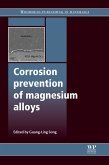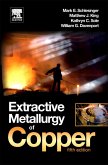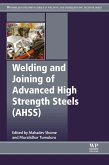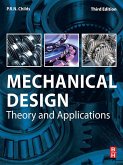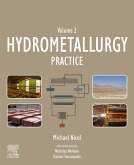Metal Cutting, Fifth Edition builds upon the classic work that has for decades been the go-to reference for individuals working in the area of metal cutting. This revised edition, divided into four parts, features an extensive new chapter on coated cutting tools and updated and expanded chapters on ceramic cutting tools and machinability. A discussion of wear mechanisms and their governing equations is included, as are updates on tool micro examination, use of the quick-stop method, and tool temperature determination. Each chapter begins with a comprehensive bullet point summary and contents. The book will be useful for those studying and teaching courses on metal cutting and machining processes at the advanced undergraduate and graduate levels in universities as well as professional materials scientists and mechanical engineers in industrial manufacturing sectors centered on automotive and aerospace component production. - Dispels misconceptions concerning the cutting tool-workpiece interface interaction during turning, milling, and drilling operations as well as those concerning the structure and properties of cutting tool materials - Clarifies the reality of cutting tool wear mechanisms and shows how their complexity depends on the rates of metal removal and the properties of the workpiece being machined - Outlines best practices for the determination and evaluation of cutting tool wear and shows how to determine and investigate tool contact stresses, temperatures, and chip (swarf) formation in metal cutting
Dieser Download kann aus rechtlichen Gründen nur mit Rechnungsadresse in A, B, BG, CY, CZ, D, DK, EW, E, FIN, F, GR, HR, H, IRL, I, LT, L, LR, M, NL, PL, P, R, S, SLO, SK ausgeliefert werden.



